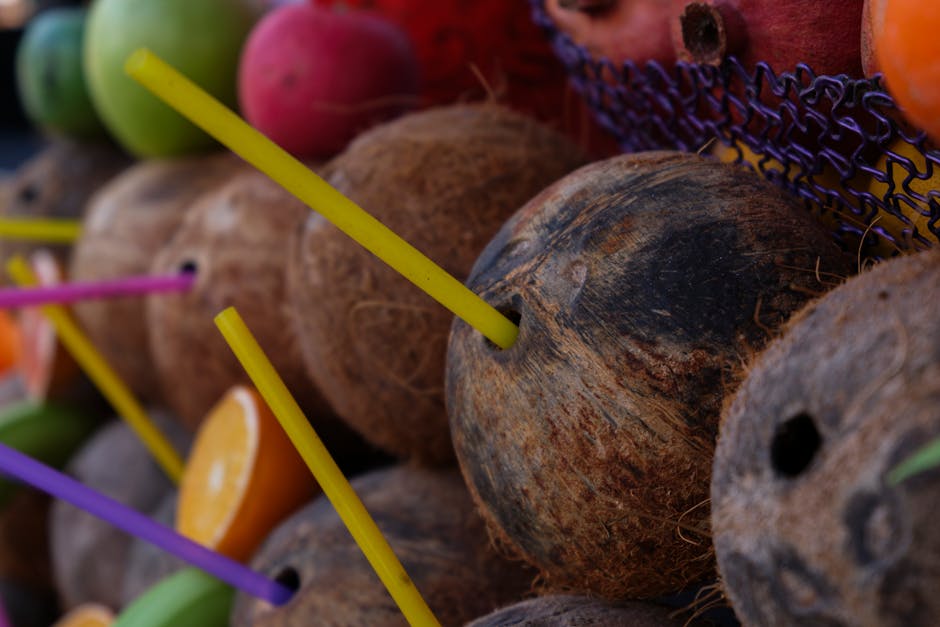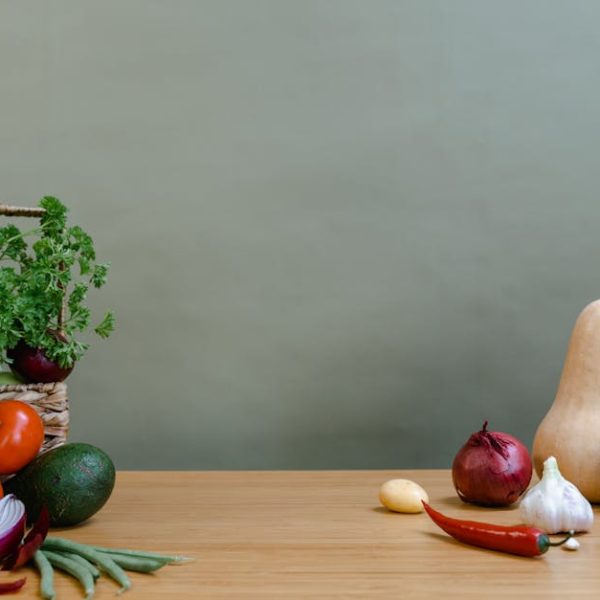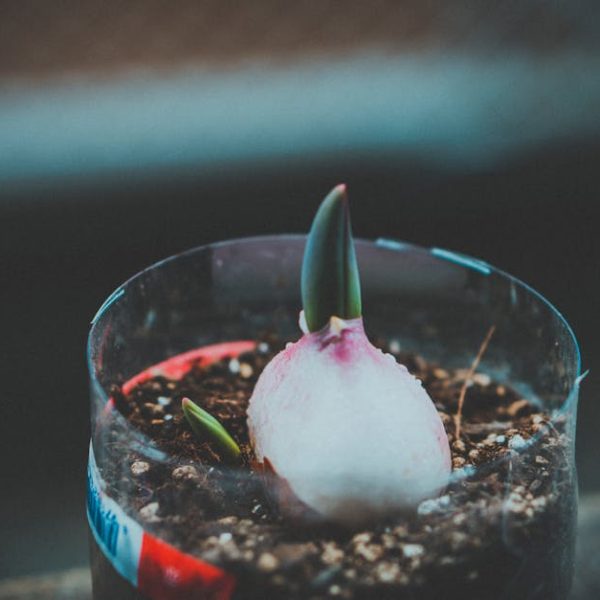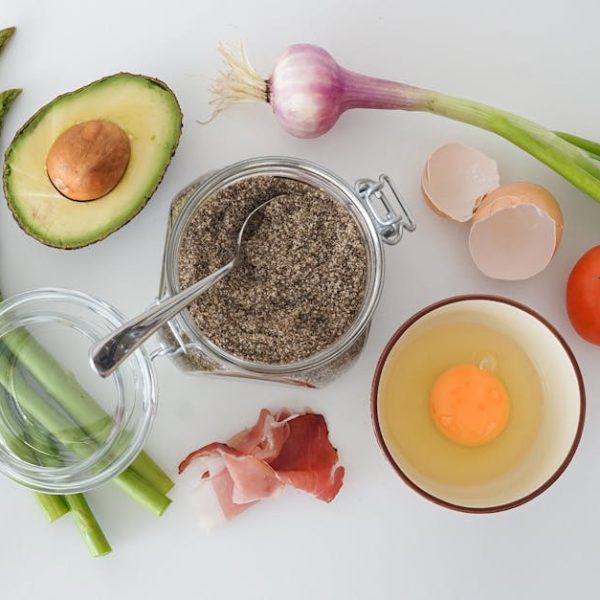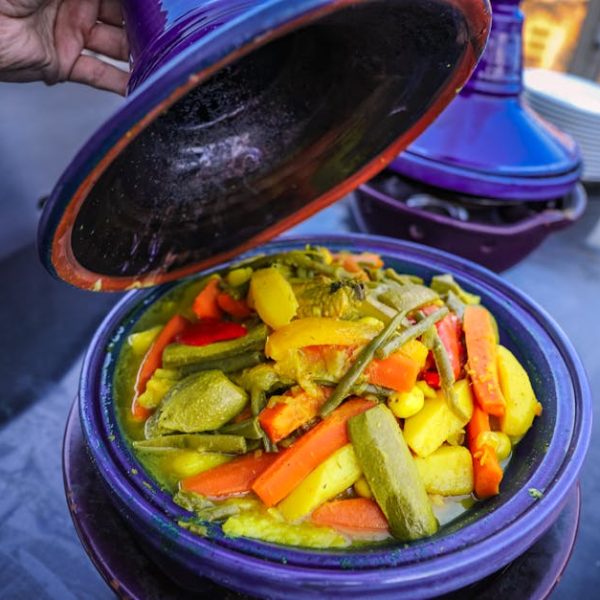As every dedicated home cook knows, keeping your vegetables fresh is half the battle in maintaining a flavorful and nutritious kitchen. Ensuring that you properly store every type of vegetable can somewhat be a daunting task. But don’t worry, applying the right strategies can really make a difference! By the end of this article, you’ll find pro-tips, simple tricks, and practical methods to maximize the lifespan of your veggie haul.
Understanding the Basics of Vegetable Preservation
Vegetable preservation is underpinned by three vital factors: temperature, humidity, and light – getting these elements right significantly prolongs freshness levels. Proper storage prevents premature spoilage, maintains the vegetable’s nutrients, reduces waste and saves you money. Common preservation techniques range from refrigeration and freezing to more traditional methods like canning and pickling.
– Pro Tip Refrigeration and freezing work best at different temperatures – usually, 0-5°C is great for refrigeration while -18°C works wonders for freezing.
– Checklist of basics to keep in mind:
– Identifying the ideal light exposure
– The perfect temperature
– Needed humidity
– Choosing the right preservation method
Storing Leafy Greens: Spinach, Lettuce, and Kale
When it comes to leafy greens, the delicate balance between moisture and air is key. These veggies need a little dampness to stay crisp, but too much and they wilt! Hence, proper packaging is essential.
– Pro Tip Wrapping leafy greens in a paper towel before storing them in breathable bags can help draw away excess moisture, while still keeping the necessary humidity.
– Best practice for leafy greens involves avoiding washing them until they are ready to be used, as moisture can accelerate decay. They should ideally be stored in the crisper drawer of your refrigerator where humidity is higher.
Root Vegetables: Potatoes, Onions, and Carrots
Root veggies like potatoes, onions, and carrots, fare well in cooler, dark places that offer good ventilation. They are best kept whole until you’re ready to use them to maintain their longevity.
– Pro Tip Store potatoes away from other vegetables as they emit gases that can encourage others to spoil, also considering a ventilated container for onions to facilitate air movement.
– Common storage methods for root veggies include using a plastic or brown bag and storing in a pantry or the refrigerator. Evaluate your needs and select the method that best works for you.
Cruciferous Vegetables: Cabbage, Broccoli, and Cauliflower
Cruciferous veggies have a strong smell when they decay and are sensitive to ethylene gas, which can accelerate degradation. However, storing these right can enhance their crispness and minimize odors.
– Best Practice involves storing these vegetables in a way that restricts air circulation thus keeping them fresh. The use of airtight bags or containers serves this purpose well.
– Pro Tip For isolation of these vegetables, keep them in a separate drawer or container away from other veggies to reduce cross-contamination and spoilage.
Stay tuned in the next part for tips on storing fruit-vegetables and stalk vegetables!
Fruit-Vegetables: Tomatoes, Cucumbers, and Peppers
Fruit-like vegetables, also known as fruit-vegetables, benefit from being stored at room temperature. Unlike some other vegetables, refrigeration can often lead to spoilage and flavor loss.
– Pros and Cons Comparison
| Countertop | Refrigeration | |
|---|---|---|
| Pros | Better flavor, texture retention | Slows down ripening process |
| Cons | Shorter shelf-life | May alter flavor, change texture |
– Pro Tip If your tomatoes are still green or peppers too crunchy, leave them on your kitchen counter. Once they’ve reached their desired ripeness, then it’s time to move them into the refrigerator for prolonged storage.
Stalk Vegetables: Celery, Asparagus, and Leeks
Providing hydration is a key element when preserving vegetables with edible stalks. Proper hydration helps improve the crunch of these veggies and prevents wilting.
– Best Practices involve wrapping the ends of the vegetables in a damp cloth or placing them in a glass or jar with some water. This action will mimic their natural growing conditions and keep them fresh.
– Pro Tip Trim the ends of these stalky champions to allow them to absorb water and nutrients more efficiently and extend their vitality.
Let’s be honest, people, have you ever closely scrutinized how you’re storing your vegetables? Well, now that you’ve got the 411 on vegetable storage, you’ll be able to maximize your fresh produce purchases for sustainable and tasty meals. Happy cooking!
Key Takeaway:
- Temperature, humidity, and light are the main factors in preserving vegetable freshness. Controlling these factors can reduce vegetable waste and save you money.
- Leafy greens thrive with a delicate balance of moisture and air. Paper towel wrapping and breathable bag storage can maintain their crispness.
- Root vegetables like potatoes and onions do well in ventilated spaces and should be kept separate to reduce spoilage.
- Cruciferous veggies are best stored in airtight containers to maintain their freshness and reduce strong odours.
- The best way to store fruit-vegetables like tomatoes and peppers is at room temperature until they reach the desired level of ripeness.
- For vegetables with edible stalks, hydration is key. Wrapping ends in damp cloth or placing stalks in water can prolong freshness and maintain the crunch.
Let’s make the most of our vegetables by using these tips to store them effectively. As we become more mindful of how we store our vegetables, we will naturally reduce wastage, save money, and enjoy fresh, nutritious meals. Don’t shy away from trying out these brilliant tricks and, remember, even small changes can make a significant difference.
FAQs
Q: Can vegetables be stored in the freezer?
A: Certainly! Freezing is a great method to preserve vegetables long-term but you need to know which veggies can be frozen and whether they require blanching before freezing.
Q: Can onions and garlic be stored together?
A: Although they’re both root vegetables, onions and garlic usually need to be stored separately due to their different storage requirements.
Q: What’s the impact of washing vegetables before storage?
A: While it might seem like a good idea, washing vegetables before storage can actually accelerate decay as moisture encourages mold growth.
Q: Do all cruciferous vegetables have strong odours when decaying?
A: Most cruciferous veggies, including broccoli, cabbage, and cauliflower, tend to emit a strong odor when they start to decay.
Q: How should I store my vegetables if I don’t have a refrigerator?
A: Root vegetables can be stored in a cool, dark, ventilated space, while some others may require different preservation methods like pickling and canning.
Share this article with your friends and explore more posts on our website to get more savvy about food storage and other kitchen hacks!
